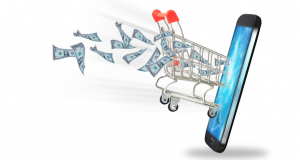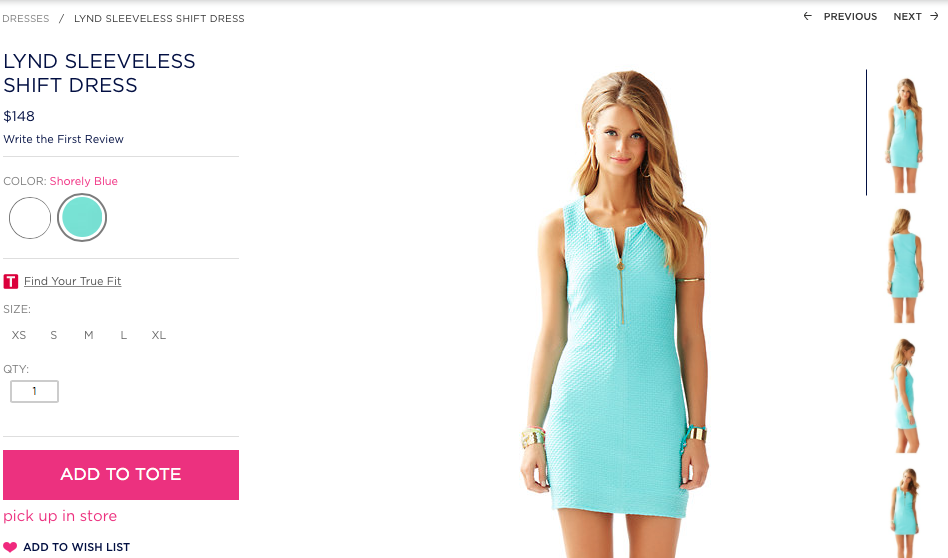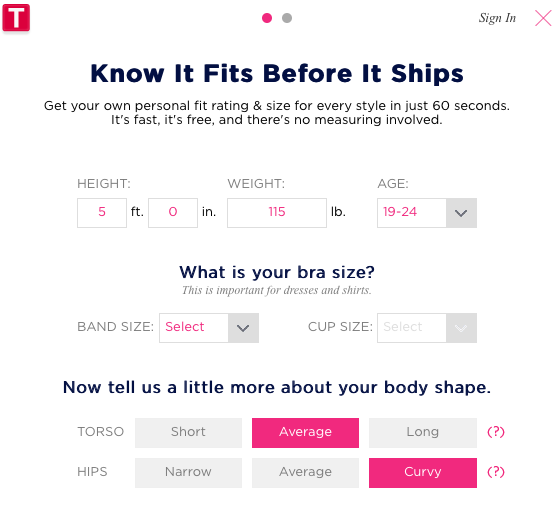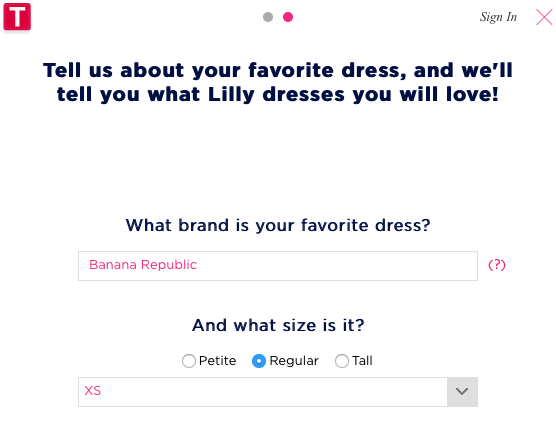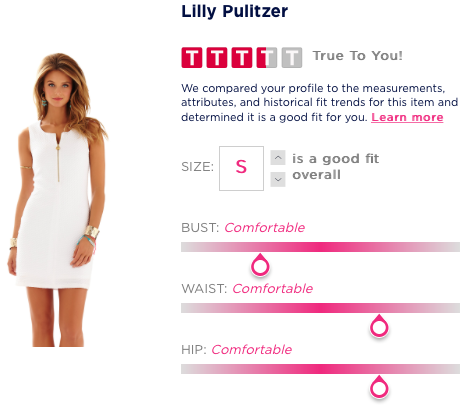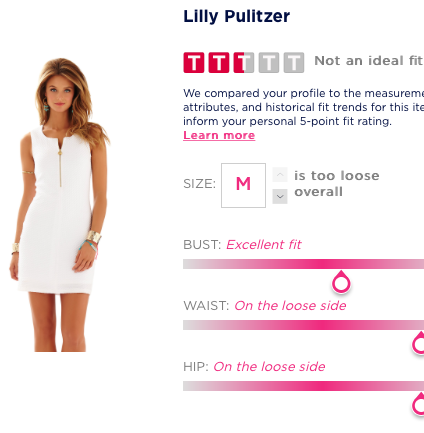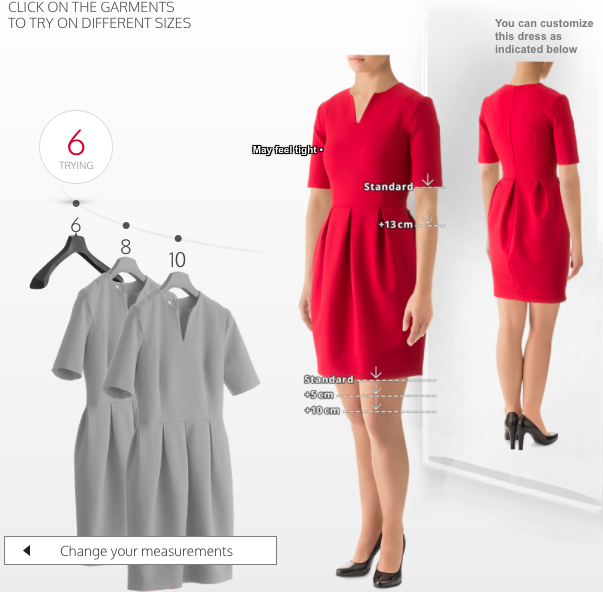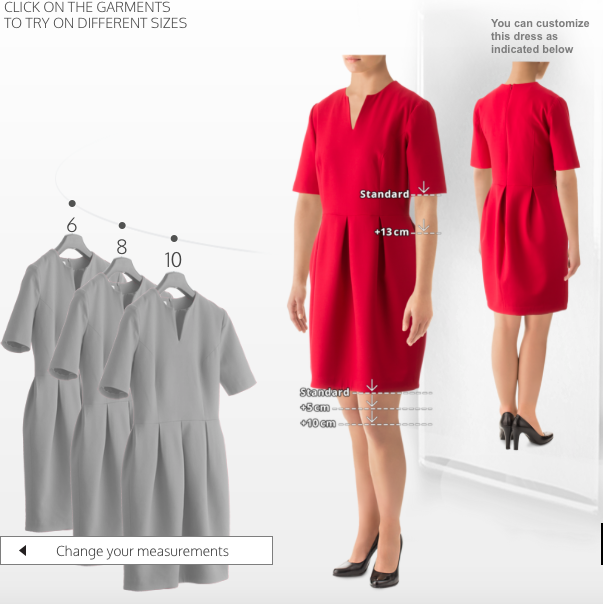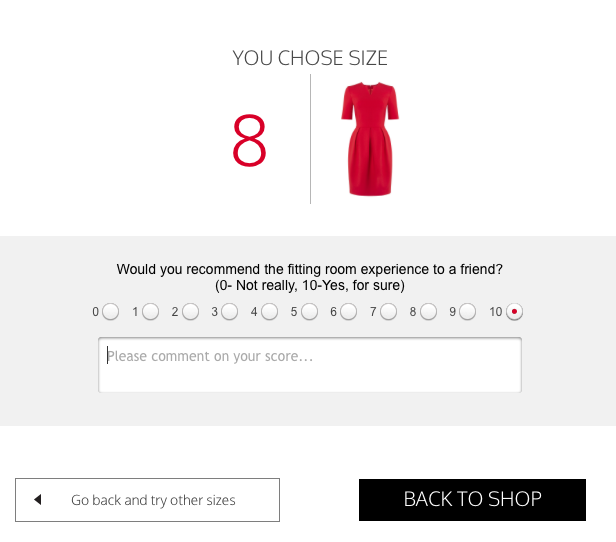So the numbers are in, and Cyber Monday was actually America’s biggest online shopping day ever according to Adobe. Shoppers spent $3.07 billion on Monday alone, bringing total eCommerce revenue to $11 billion for Thankgiving Weekend.
Now, here’s the catch: while total spend nationwide increased, the average order size actually decreased from $69 to $67.30. This trend suggests that customers are shopping around and purchasing specific products from various retailers, as opposed to visiting a one-stop destination for all of their gifts. Here are some crucial points where companies should employ personalization to take maximal advantage of their eCommerce sites:
eCommerce features deals 24/7
It’s not about big single sales days anymore.
A telling trend we’ve observed in recent years is the extension of the holiday shopping season, which is no longer constrained to Black Friday/Cyber Monday but basically starts after Halloween and continues until Christmas (and possibly after).
What this means is that the most attractive deals and discounts are prompting customers to buy in smaller orders, but with increasing frequency. Today’s shoppers aren’t shy about buying a gift for dad on Amazon, picking up holiday cards in the store, and then downloading apps to look for deals on clothes that they can check out in person at the mall. Factors like greater smartphone and mobile device usage, an increasingly digital culture, and a lack of patience for the “Black Friday at 5:00 A.M. mosh pit” experience have pushed customers towards embracing the convenience, selection, and value provided by eCommerce.
Mobile as a platform for advertising
This past Thanksgiving week showed us that mobile purchases are increasing in number, but the common pattern observed is that people enjoy browsing for products on mobile (up to 49% of shopping visits occur on from mobile devices) and then make about 75% of their actual purchases from a desktop.
This means that the majority of customers who interact with your brand on mobile devices are probably there just seeking some basic inspiration and information. Since the screen space and attention span of a mobile user is so limited, it’s essential for your brand to maximize its impact on the viewer by showcasing for them the products that they’re most likely to buy.
Of course, mobile shoppers (especially impatient Millennials) will abandon your app or site if it’s too slow or acts buggy, so make sure that your brand’s tech presence is on point. Target’s site, for example, went down several times during Cyber Monday and it’s impossible to say how much potential business they lost for it.
Black Friday/Cyber Monday were huge days for eCommerce, but this isn’t the end of the story. What we’ve learned from this past weekend is that, regardless of how you slice it, eCommerce and the omnichannel shopping experience is becoming the de facto process for the modern holiday season. That means that today’s brands should invest heavily in personalization software to create a shopping experience that’s fast, functional, and provides relevant product offers to their customers. It’s only going to become more important next year and the year after, especially as more and more shoppers become comfortable with eCommerce as a whole.




